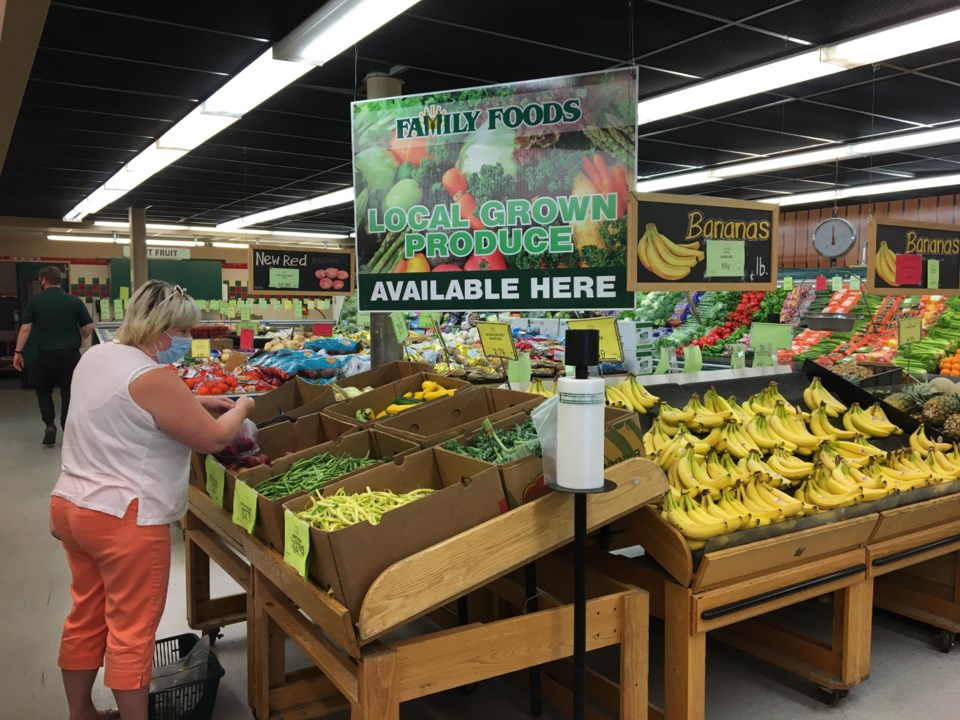A trip to the grocery store looks a lot different during the coronavirus pandemic, and the way Canadians are consuming food has also changed, according to a new report.
The report out of Dalhousie University found that at the start of the pandemic, non-perishables were highly popular, but consumers got more acquainted with their kitchens, cooking at home more instead of going out to eat or ordering in.
Sylvain Charlebois, the senior director of the Agri-Food Analytics Lab at Dalhousie University says the top things Canadians were picking up from the food section at the start of the pandemic were peanut butter and Kraft Dinner.
“We have to appreciate the fact that at the beginning of the pandemic most people went to the grocery store twice, three times a week, to purchase food for two or three days, and all of a sudden we were forced to buy for two weeks of food with one visit, so planning wasn’t the best thing for us,” he said.
Charlebois says one thing that may stick around after the pandemic is that more Canadians are cooking at home, planning their meals better and being more aware of the inventory they have at home.
“Once you do all these three things: cooking, managing – better planning – and also managing your inventory much better, you end up saving money so prices are going up, but we do believe the average household in Canada is spending less on food, despite the fact that food prices are actually going up, because we’re going less often to the restaurant,” he said.
Charlebois and his researchers estimate food prices to go up about four per cent in 2020, but with more people saving money by cooking their own meals, many will still feel a savings in their food budgets.
Scott Clement, the owner of Winnipeg’s Dakota Family Foods, says his store has been busy.
“I can honestly say business has never been stronger for us. Usually, in summer it slows down for us — people are going away, outside the province and going to their cottages. I found there’s more traffic in the store now,” he said.
“Customers might have more disposable income they’re not using in restaurants and not going out as much, not travelling in much, we are definitely seeing an increase in spending at the grocery store level.”
Clement has noticed trends with shoppers.
“The biggest difference compared to the beginning of the pandemic is customers are buying more staple products – flour, sugar, pasta — now it’s more varieties that are being bought,” he said.
“Customers were mass buying those staples. I think they’re going back to their routines and normal everyday purchase and normal supper meal planning.”
Other things in the Dalhousie University report include the increase in online grocery orders — expected to double from about 1.7 to four per cent of Canadians’ food spending.
“Twenty-twenty will be a historical year — we’re expecting that number to double,” Charlebois said. “Now 1.7 per cent may not seem like a whole lot, but it is $3 to $4 billion worth of food, which is a few stores there, and that could increase to $8 billion by the time we’re done with 2020.
“That would be enough to support probably close to 70 to 100 grocery stores, so these are 70 to 100 virtual grocery stores that you may not require in the real world, so we are expecting more grocery stores to close, unfortunately.”
Other side effects of the pandemic predicted include fewer varieties of products in the grocery store as it becomes more expensive for stores to carry a range of products.
